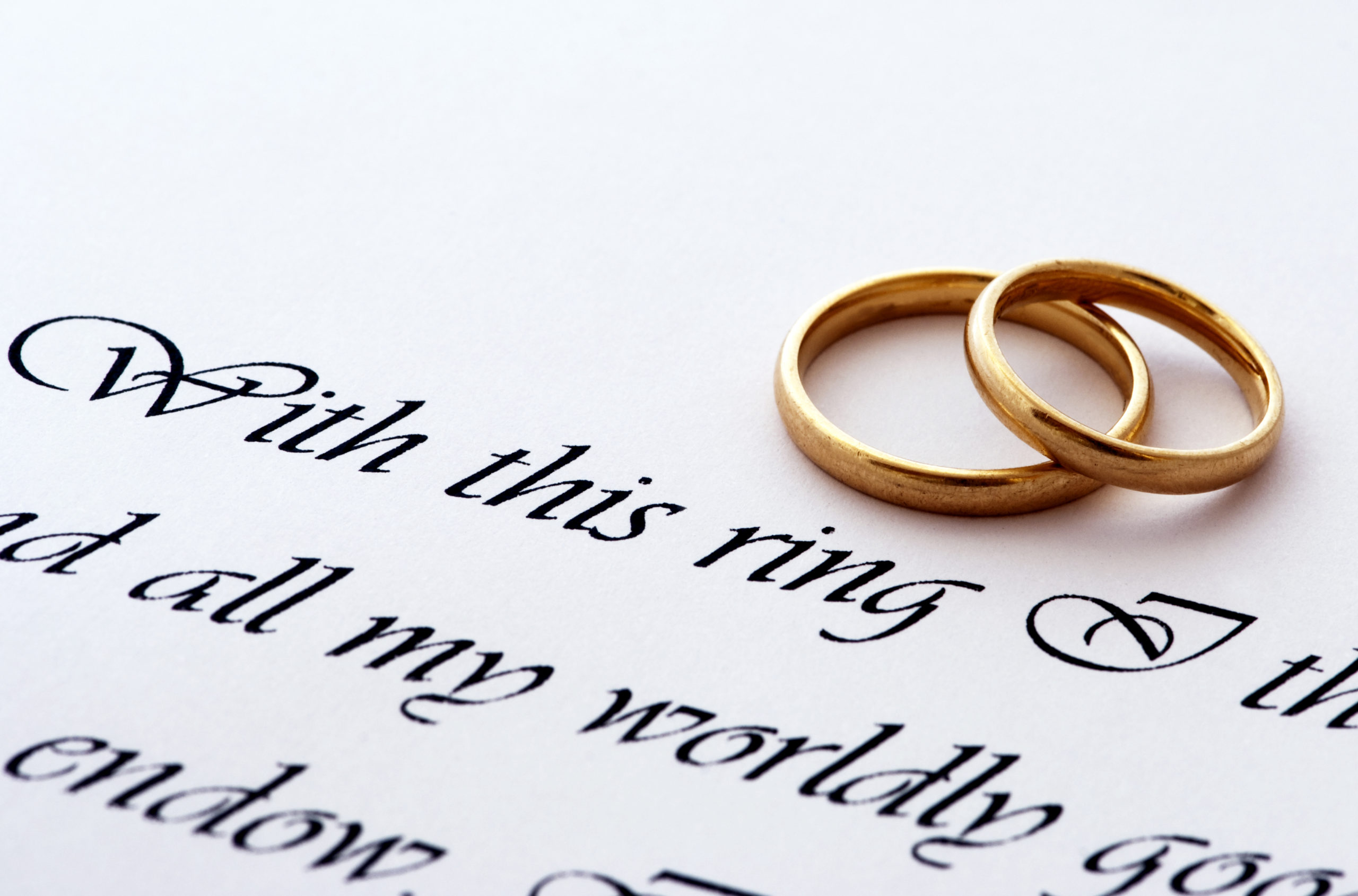The Importance of Staying Pure: The Ceremony Symbols and What They Mean
by Candace Schaap
“To every thing there is a season, and a time to every purpose under the heaven.” (Ecclesiastes 3:1)
Before I discuss the symbols, let me say this: no guy wants to marry a girl who is impure. Young men may fool around themselves before marriage, but when it comes time to settling down, they generally search for a pure girl. In this day and age, that is becoming somewhat of a rarity; nevertheless, it’s a fact. Every man wants to think he is the first and the one and only to have been with her intimately. It is both a pride and an ego thing. He cannot handle thinking that his wife might ever think about another man when she is with him. Most men simply don’t have the confidence in themselves to battle her mental images of an old flame. So if you want a good guy, keep yourself pure!
The marriage of two believers, as stated previously, pictures the beautiful relationship between Jesus Christ and His bride, the church. The secular world will tell you that the usual history of marriage came as a kind of barter system in which women were traded to men for cash or livestock. They will tell you that the woman’s consent was a much later innovation of the law-making Roman Empire. Some of these things did take place historically, but those of us who know historical accounts of love and marriage from the Bible also recognize that the world’s depictions of early marriages are not accurate portrayals of the beginnings of marriage as ordained by God.
We know from Biblical accounts that the first marriage took place in the Garden of Eden. We know that God often depicts his relationship to his people as a groom’s relationship to his bride or as a husband to wife. We know that God wants our marriages to reflect that same sacrificial and undying love so that others might observe our relationship and understand the love Christ has for his people a little better. We know that even Christ’s return to earth at the rapture has been likened to a bridegroom returning for his bride. Because God is love and because there is no greater evidence of love than that which God has bestowed on mankind, then it stands to reason that man also wants to imitate that love to the best of his ability. By using various symbols, many of which are made mention of in the Scripture, both the man and the woman can convey to one another their intense desire to be united forever even as they are united with God. The commitment a man makes to his woman and the woman to her man is symbolic of the commitment that God makes to us when we place our trust in Him as our Saviour. When He extends the invitation to us to accept Him as our Saviour and we say “I do” to Him, we are accepting Christ in the same way that a bride and groom accept one another at the altar. The spotless purity of their union also depicts the untainted, bloodwashed relationship all believers have in Christ.
Because of this, the wedding ceremony is full of symbolism. It has been attached to every aspect of the joining of man and woman, creating rituals that have been handed down through the years. Still today, no matter what kind of wedding it may be—whether it is a Christian, Muslim, Hindu, or a non-religious ceremony, we find that many of the traditions of a modern wedding have stayed the same. Regardless of the couple’s awareness of the truth behind the symbols, the traditions remain a reflection of how people think concerning their values and perception of marriage, family, and love. Traditions and rituals help us to move significantly from one phase of life to another. Thus, the traditions that we hold dear are passed along from generation to generation.
This series is an excerpt from Mrs. Hooker’s book Your Body Is Not Your Own Volume 1.

